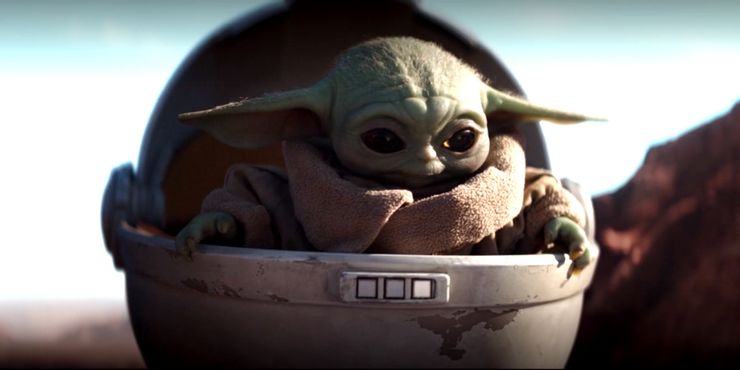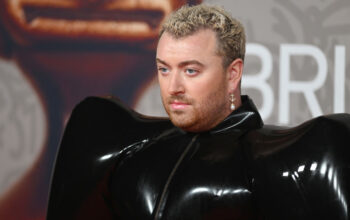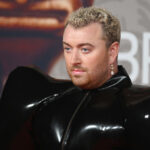How to catch a glimpse of Baby Yoda from Earth
With science fiction fans celebrating May 4 this week, also known internationally as Star Wars Day, many are taking telescopes to the sky to catch a glimpse of the “Baby Yoda” nebula.
Officially named NGC 2359, the nebula is found in the Canis Major constellation – an ionised gas formation that wraps around the Wolf-Rayet star (WR7), approximately 12,000 light years from Earth.
The Canis Major dwarf galaxy contains about a billion stars, but its most popular attraction could arguably be the formation affectionately called “Baby Yoda”.
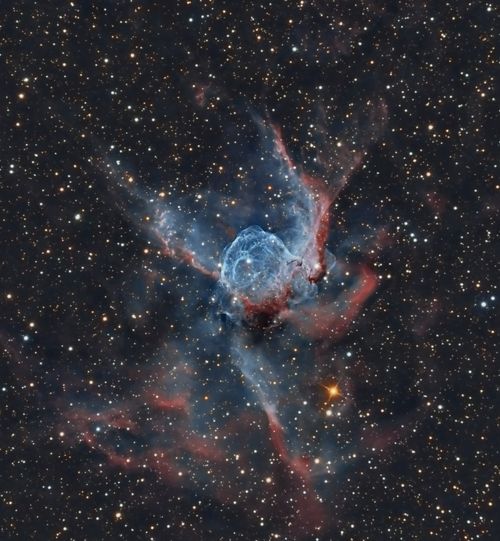
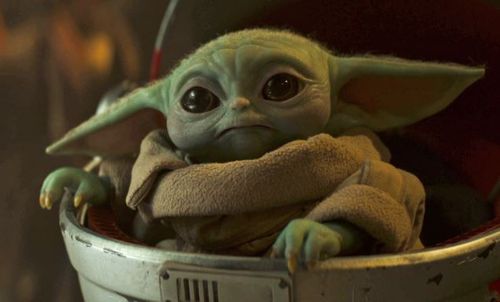
While much of Australia is covered with cloud and wet weather this week, anyone keen to try and catch a glimpse of the giant galactic version of Grogu, a popular character in Disney’s Mandalorian TV show, will need a pretty strong telescope.
A 10-inch or larger telescope is recommended to get a decent visual of the nebula.
Those in the Southern Hemisphere will have a better chance of seeing the “Baby Yoda” nebula and will need a long exposure with a focal length of 400mm or greater with clear skies if they want to get a photo of it.
NGC 2359 has traditionally been known as Thor’s Helmet, but Star Wars fans argue it looks more like the adorable tiny alien than the Marvel god of thunder’s head piece.
/https%3A%2F%2Fprod.static9.net.au%2Ffs%2F4b0f264e-5f0e-4be2-88fe-558e9125f695)
Others have suggested it looks a little like the alien Stitch from Disney’s Lilo and Stitch.
According to astronomy.com, WR7 holds at least 16 times the mass of our sun.
These types of stars have intense winds that can blast away up to 10 suns worth of material over the course of a million years.
Once shed, the material typically forms a nebula of glowing gas around the star which can take on unique shapes like the iconic and arguably biggest star of The Mandalorian, “Baby Yoda”.

